Cold cases: Swiss glaciers reveal grisly surprises
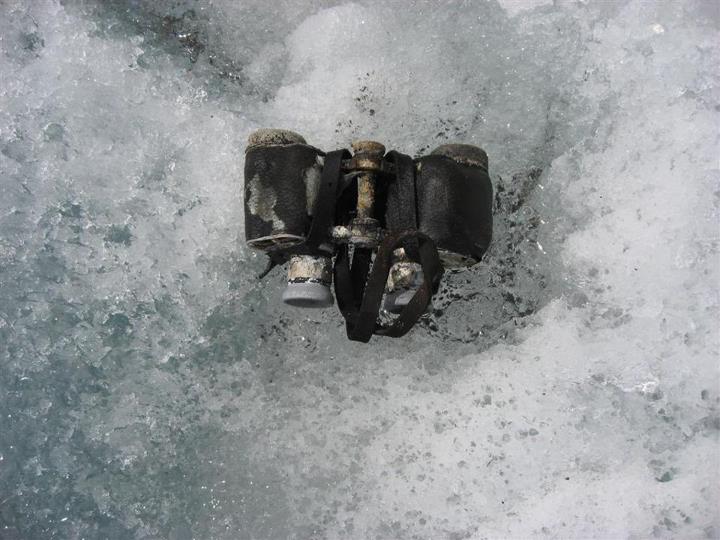
As Alpine glaciers melt at record rates, more and more bodies of mountaineers and hikers who have been missing for decades are coming to light. A look at some of the macabre finds that have been made in Switzerland.
1926: Three brothers
In 2012 a British couple on the Aletsch glacier in canton Valais discovered the remains of three brothers who had gone missing 86 years earlier.
Robert McGregor told SWI swissinfo.ch how he and his partner had been walking down the glacier when they noticed some discarded wooden walking sticks. But when they found several boots, they realised there probably wasn’t going to be a happy ending. “People leave alpenstocks because they break, but they don’t leave their boots on the glacier,” he said. They then realised they were surrounded by bones. Also found were items of clothing, binoculars, a pocket watch, a tobacco pipe and a leather wallet containing coins worth CHF9, the newest being from 1921.
In 2014, scientists reconstructed what had happenedExternal link. On March 4, 1926, witnesses saw four men, three of whom were brothers, set off on a hike from the Hollandia Hut above the Great Aletsch Glacier. It was the last time they were seen alive. The scientists presume the men froze to death and were buried under a heavy snowfall, meaning the weeklong search was in vain.
According to a computer model, the bodies travelled around 10km in the ice at an average speed of 122 metres a year. Tests revealed that the bones belonged to the three brothers; the fourth man has never been found.
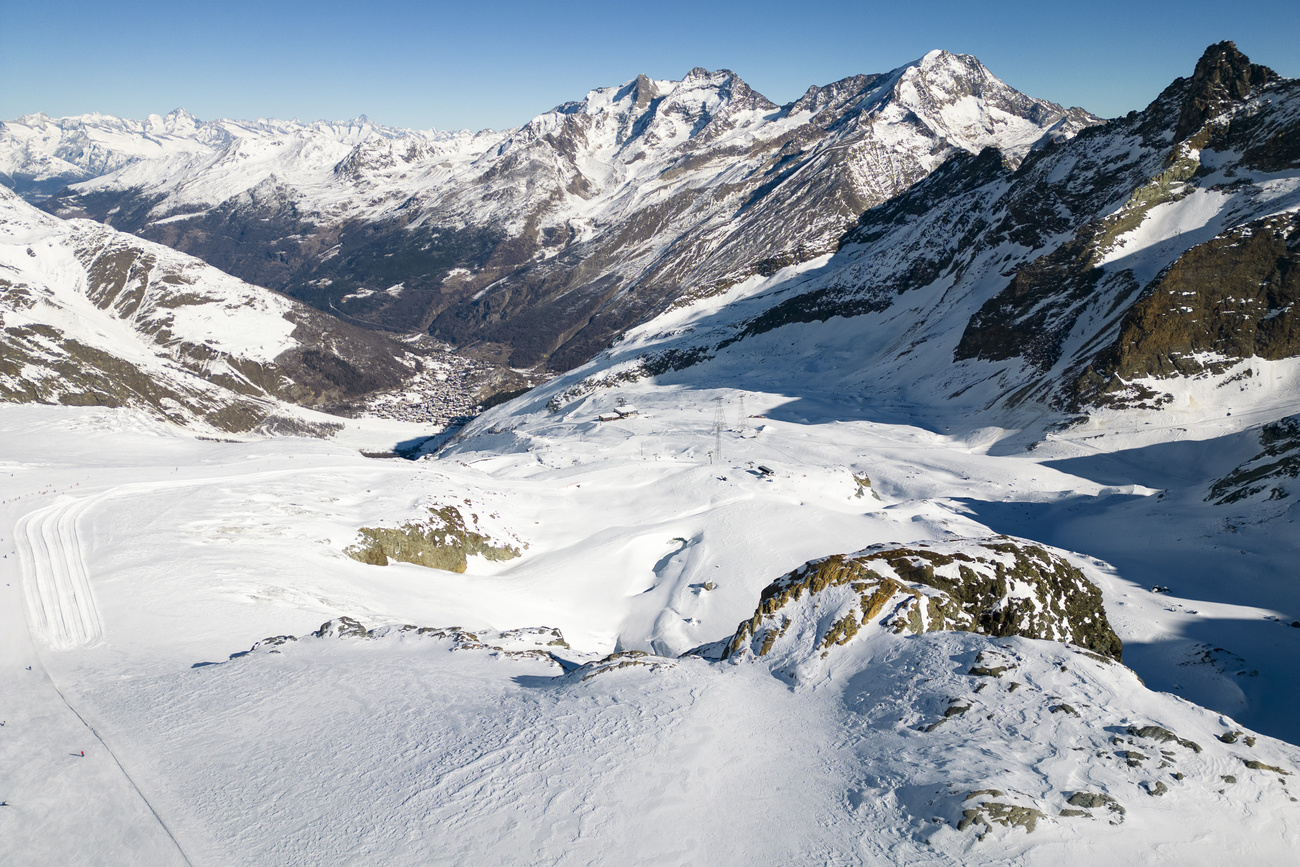
1971: British climber
The most recent case involves the bones of a man discovered last year by two hikers on the Chessjen glacier near Saas-Fee.
On Thursday Valais cantonal police said a DNA analysis had linked the remains to a British climber missing since 1971. In cooperation with specialists from Interpol Manchester and the authorities of Police Scotland, a relative of the victim was identified. A direct DNA comparison proved that the bones were those of the British climber.
Valais police have a list of some 300 people who have gone missing since 1925.
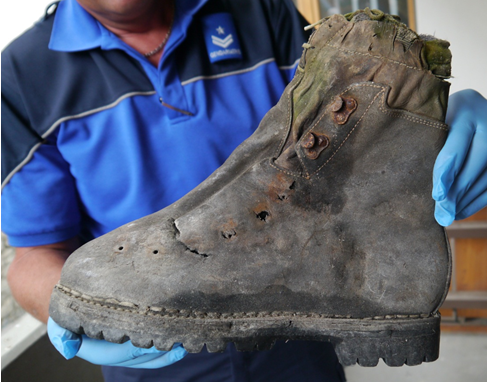
1970: Two young Japanese
The remains of two Japanese climbers who had disappeared in 1970, reportedly attempting the difficult north face of the Matterhorn, were found at the foot of the glacier in 2014.
These were sent to the forensic science unit at the Central Institute of Valais Hospitals which, with other specialists, was able to determine the climbers’ DNA. Research by the cantonal police together with the Japanese consulate in Geneva led to the climbers’ parents in Japan. Their identities were formally confirmed thanks to DNA samples in 2015. The climbers, aged 21 and 23, were both members of the French Alpine Club.
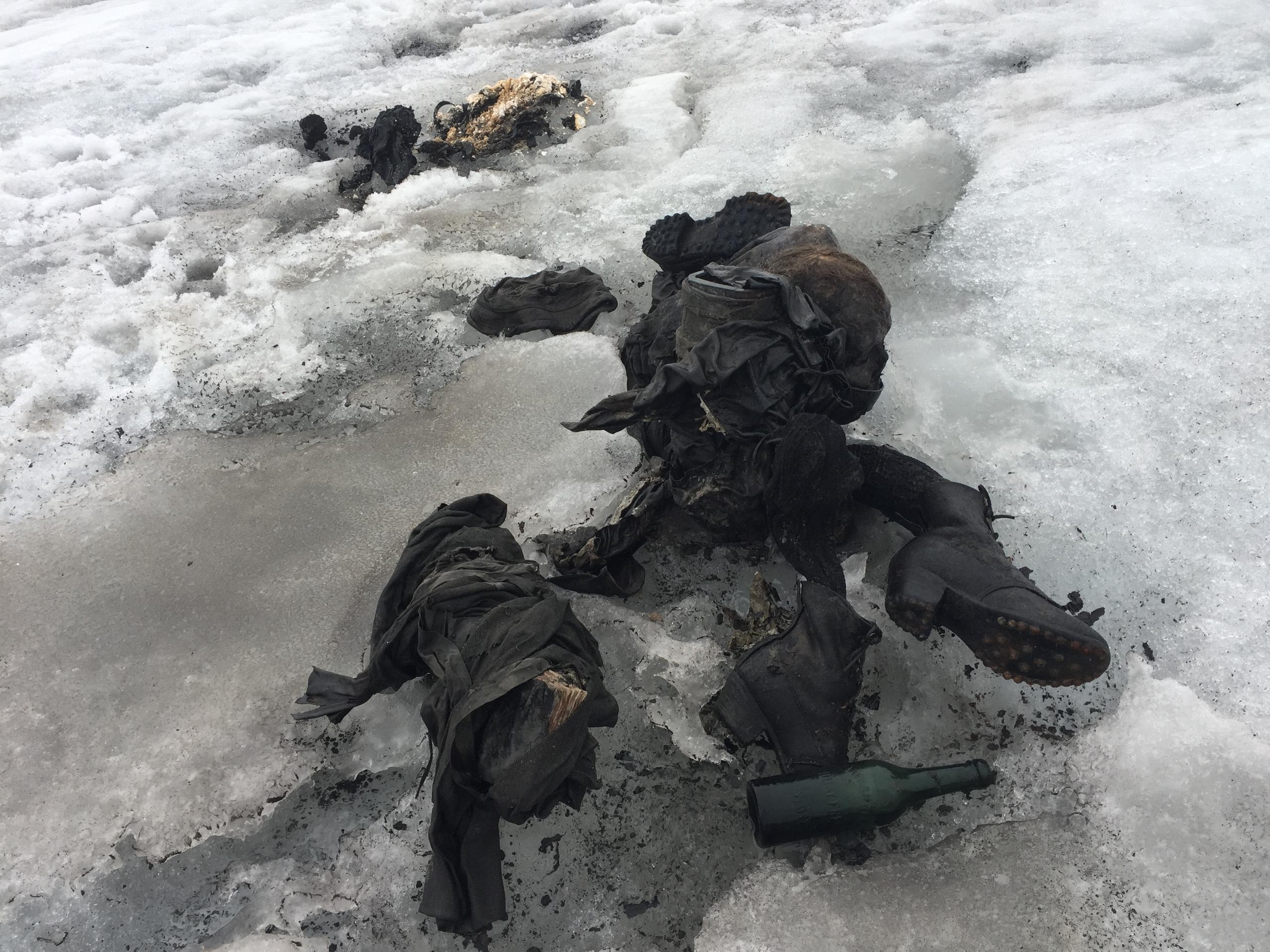
1942: Swiss couple
In 2017 a Swiss woman whose parents had gone missing in 1942 finally got some closure when their bodies were found.
Marcelin Dumoulin, a shoemaker, and his wife Francine, a teacher, disappeared on August 15, 1942, on the Tsanfleuron Glacier after going to tend to their cows. They left behind seven young children.
Seventy-five years later, a man operating a ski piste machine discovered body parts buried in the ice, along with backpacks, tin bowls and a glass bottle, as well as male and female shoes. Identification was carried out by cross-matching their DNA with that of relatives.
Their 79-year-old daughter, Marceline Udry-Dumoulin, said she had never given up on finding her parents, even climbing the glacier three times to look for them.
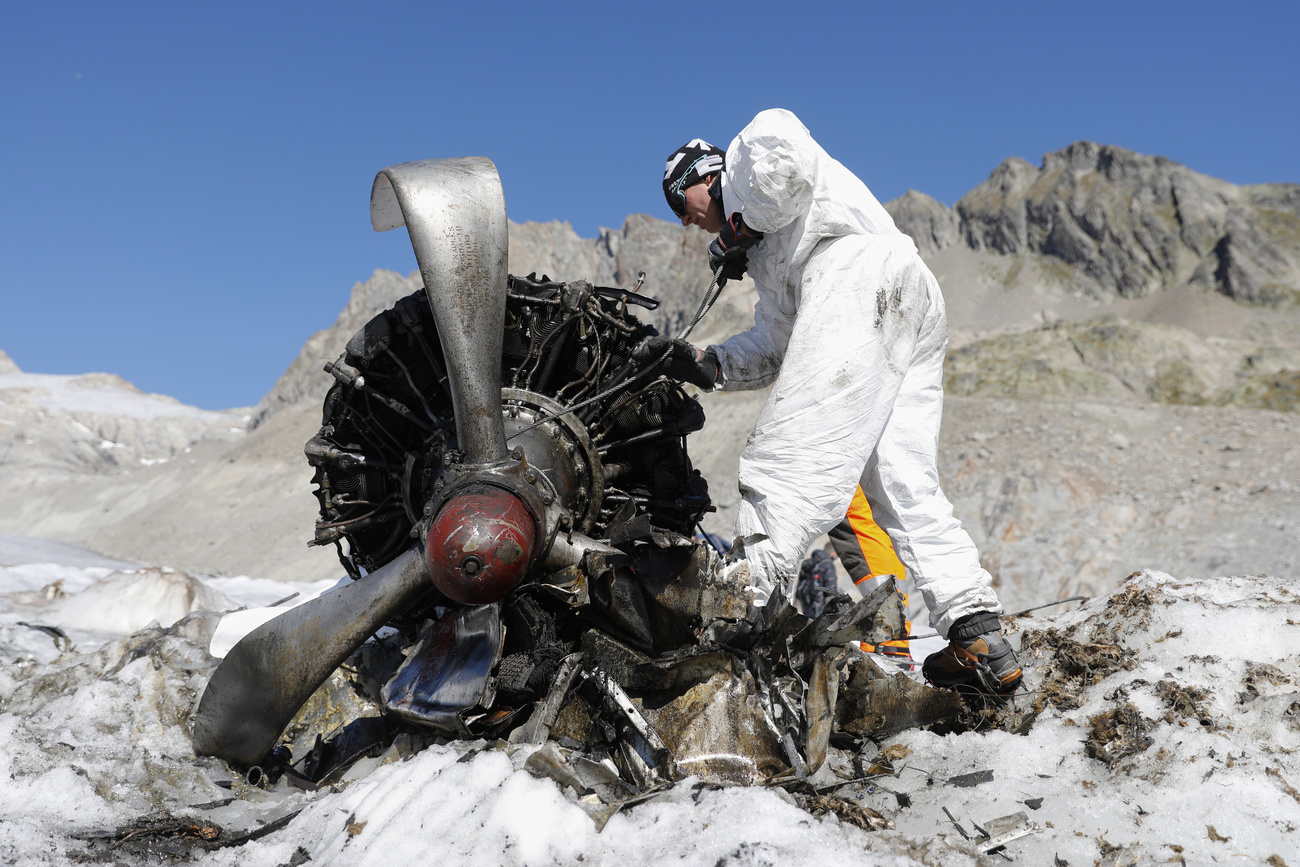
1946: US plane
It’s not just human remains that are being released by the glaciers. In 2018 parts of a wrecked US military plane were recovered from melting glacier ice 70 years after it made an emergency landing in the Alps.
“We found an engine block with the propeller, some parts of the wing and a lot of small pieces, bits of sheet metal, wooden parts and also some blankets,” said Fritz Teuscher, head of the recovery team. However, not all the parts have come to the surface. The cockpit, for example, remains under the ice.
On November 19, 1946, the Dakota C-53 came off course in fog before landing high in the Bernese Alps, where it was spotted by coincidence at an altitude of 3,350 metres on the Gauli Glacier. Several people were injured, but there were no fatalities. Swiss military pilots launched the world’s first rescue in the high mountains from the air, and they managed to fly the eight passengers and four crew to nearby Meiringen. The dramatic rescue operation, followed around the world, is regarded as the birth of the air rescue service.
Separately, last year a mountain guide discovered the wreckage of a plane that had crashed on the Aletsch glacier, near the Jungfrau and Mönch mountain peaks, in 1968. Closer examination revealed the wreckage to be that of a small Piper Cherokee aircraft that had crashed in the area on June 30, 1968, carrying a teacher, a doctor and his son, all from Zurich. The bodies were recovered at the time, but the wreckage was not.
“2023 will again go down in history as a year of massive ice loss,” Matthias Huss, a glacier researcher at the federal technology institute ETH Zurich and head of the Swiss glacier measurement network Glamos, told the Tages-AnzeigerExternal link on Thursday. The melt will not be as massive as in 2022, he said, “but last year was an event that should actually only happen every thousand years or so”.
In the meantime, however, the melt has reached the highest points of the Swiss Alps. The Dufourspitze is affected, as is Mont Blanc. The Aletsch glacier was practically snow-free this summer, all the way up to the Jungfraujoch. On August 21, MeteoSwiss reported the highest zero-degree limit ever recorded: 5,299 metres, 115 metres above the previous absolute record – which had been set in 2022.
“Melting above 4,000 metres used to be very rare, but now we observe it again and again, in the last two years particularly intensively,” Huss says. “Climate change has arrived at the highest peaks of the Alps.”

In compliance with the JTI standards
More: SWI swissinfo.ch certified by the Journalism Trust Initiative









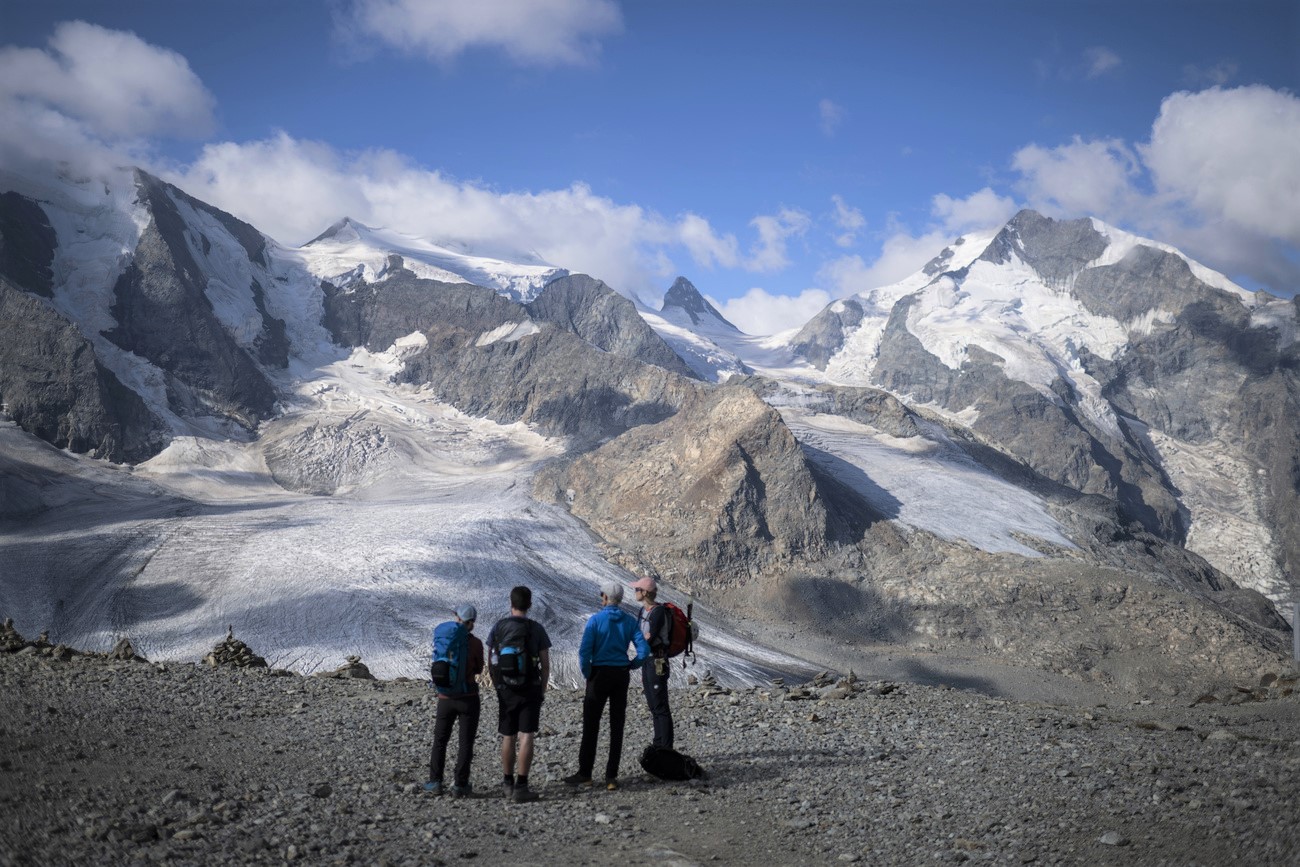
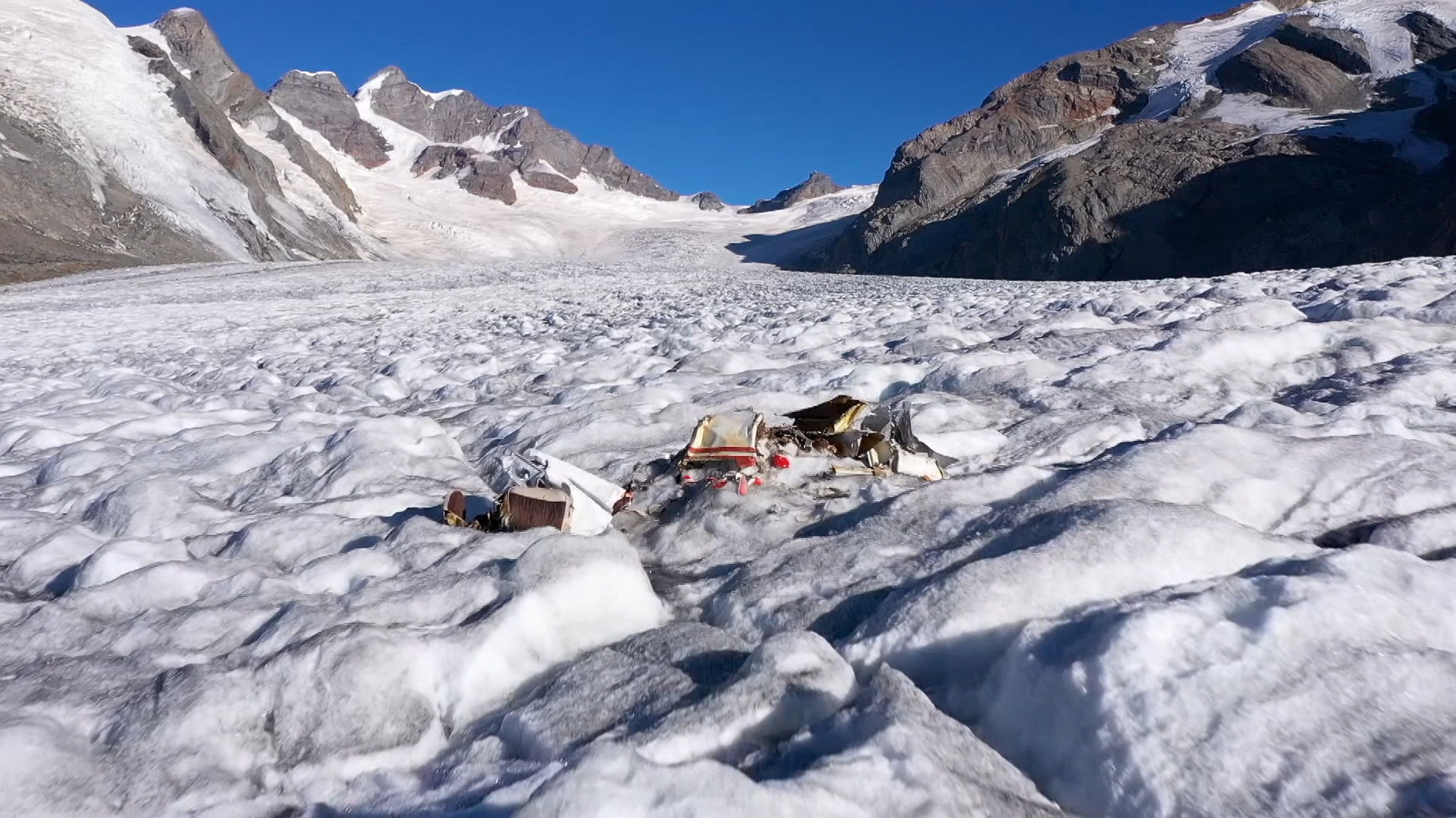
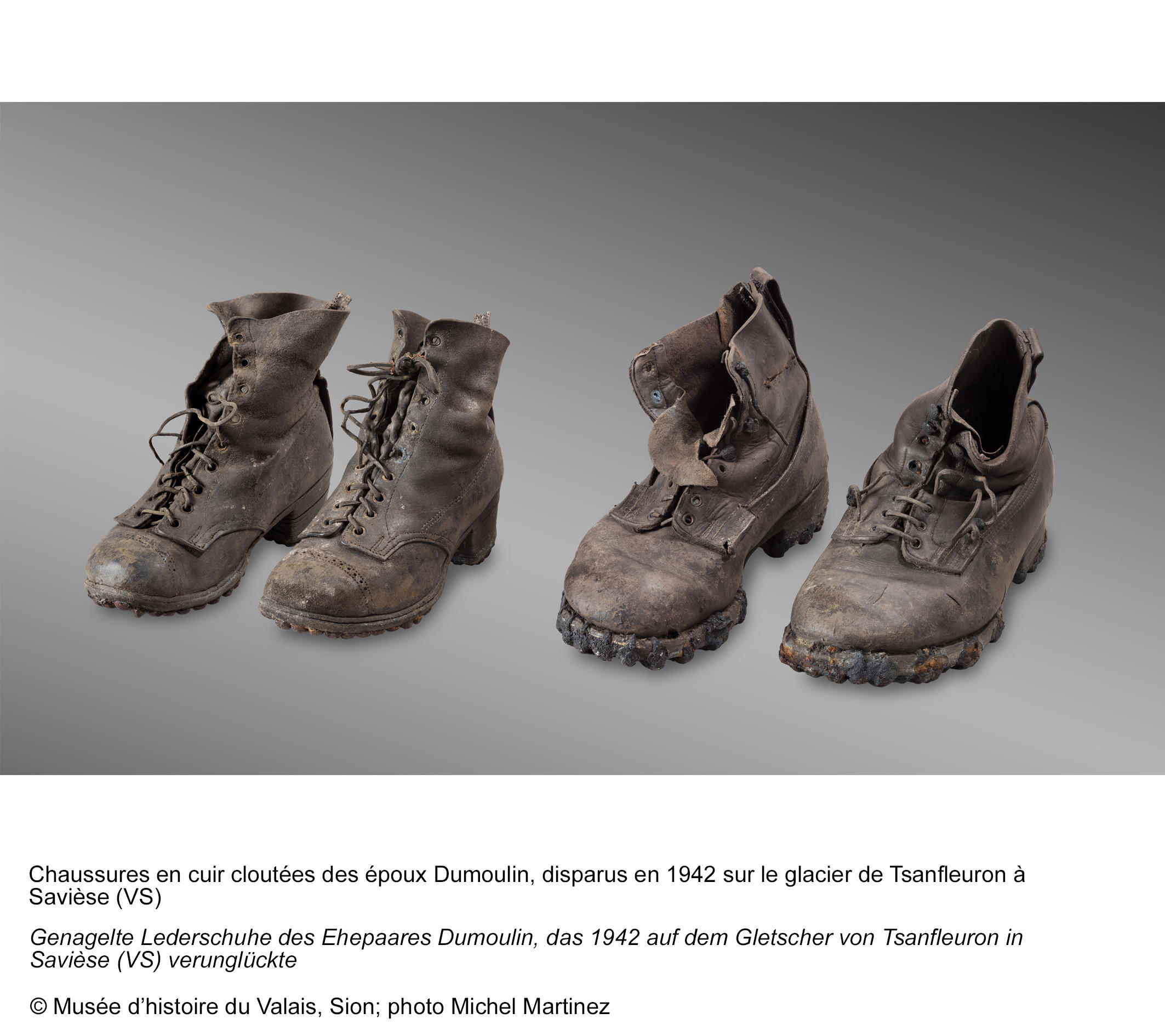
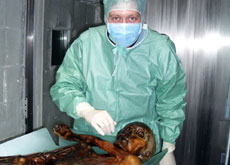
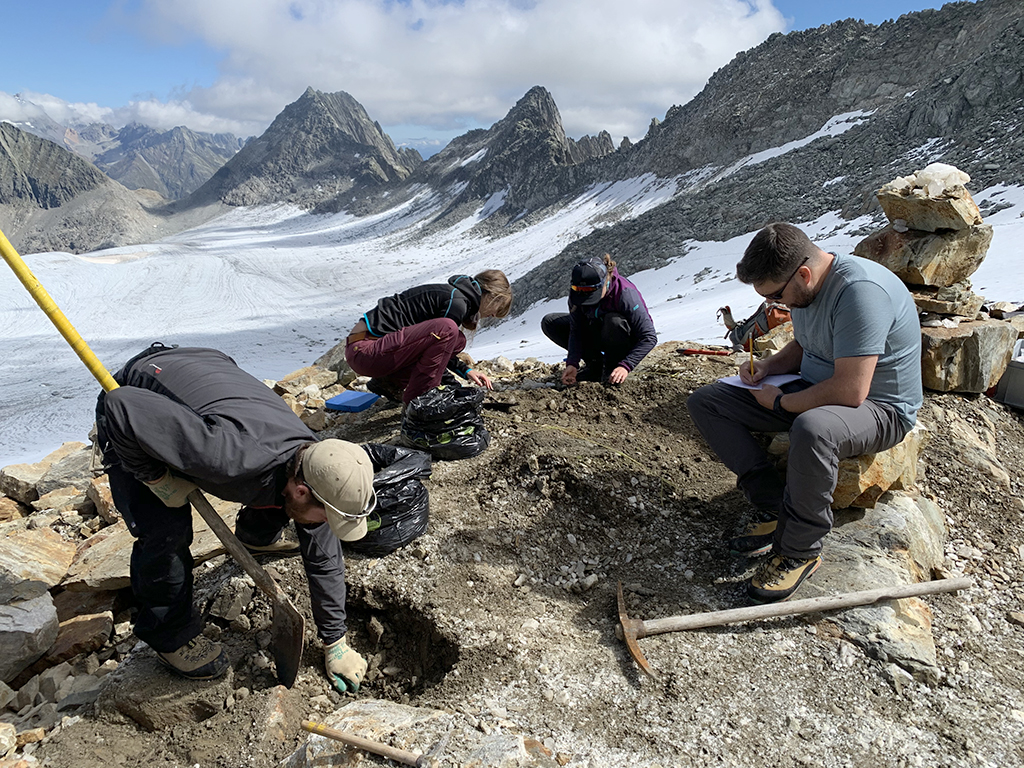
You can find an overview of ongoing debates with our journalists here . Please join us!
If you want to start a conversation about a topic raised in this article or want to report factual errors, email us at english@swissinfo.ch.